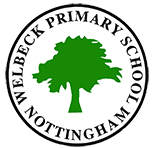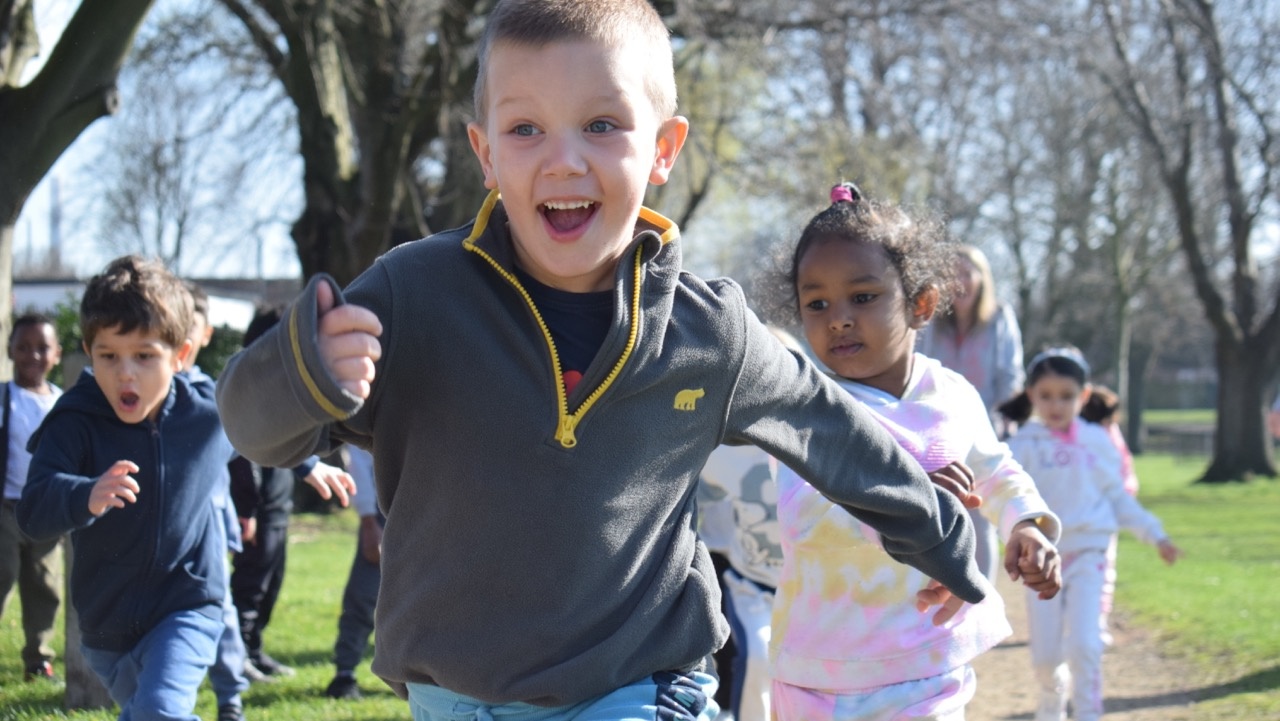Year 4
Children learn to:
Speak and listen for a wide range of purposes in different contexts
1. Speaking
- respond appropriately on the contributions of others in light of alternative viewpoints
- tell stories effectively and convey detailed information coherently for listeners
- use and reflect on some ground rules for dialogue
2. Listening and Responding
- listen to a speaker, make notes on the talk and use notes to develop a role play
- compare the different contributions of music, words and images in short extracts from TV programmes
- investigate how talk varies with age, familiarity, gender and purpose
3. Group discussion and interaction
- take different roles in groups and use the language appropriate to them, including roles of leader, reporter, scribe, and mentor
- use time, resources and group members efficiently by distributing tasks, checking progress, making back-up plans
- identify the main points of each speaker, compare their arguments and how they are presented
4. Drama
- create roles showing how behaviour can be interpreted from different viewpoints
- develop scripts based on improvisation
- comment constructively on plays and performances, discussing effects and how they are achieved
Read a wide range of texts on screen and on paper
5. Word reading skills and strategies
- use knowledge of word structure and a more extensive range of prefixes and suffixes to construct the meaning of words in context
6. Understanding and interpreting texts
- identify and summarise evidence from a text to support a hypotheses
- deduce characters’ reasons for behaviour from their actions and explain how ideas are developed in non fiction texts
- use knowledge of different organisational features of texts to find information effectively
- explain how writers use figurative and expressive language to create images and atmosphere
7. Engaging with and responding to texts
- read extensively favourite authors/genres and experiment with other types of text
- interrogate texts to deepen and clarify understanding and response
- explore why and how writers write, including through face-to-face and online contact with authors
Write a wide range of texts on paper and on screen
8. Creating and shaping texts
- develop and refine ideas in writing using planning and problem-solving strategies
- use settings and characterisation to engage readers’ interest
- summarise and shape material and ideas from different sources to write convincing and informative non-narrative texts
- show imagination through language used to create emphasis, humour, atmosphere or suspense
- choose and combine words, images and other features for particular effects
9. Text structure and organisation
- organise texts into paragraphs to distinguish between different information, events or processes
- use adverbs and conjunctions to establish cohesion within paragraphs
10. Sentence structure and punctuation
- clarify meaning and point of view by using phrases, clauses and adverbials
- use commas to mark clauses and the apostrophe for possession
11. Word structure and spelling
- spell unfamiliar words using phonemic, morphemic and etymological strategies
- distinguish the spelling and meaning of common homophones
12. Presentation
- write consistently with neat, legible and joined handwriting
- use word processing packages to present written work

